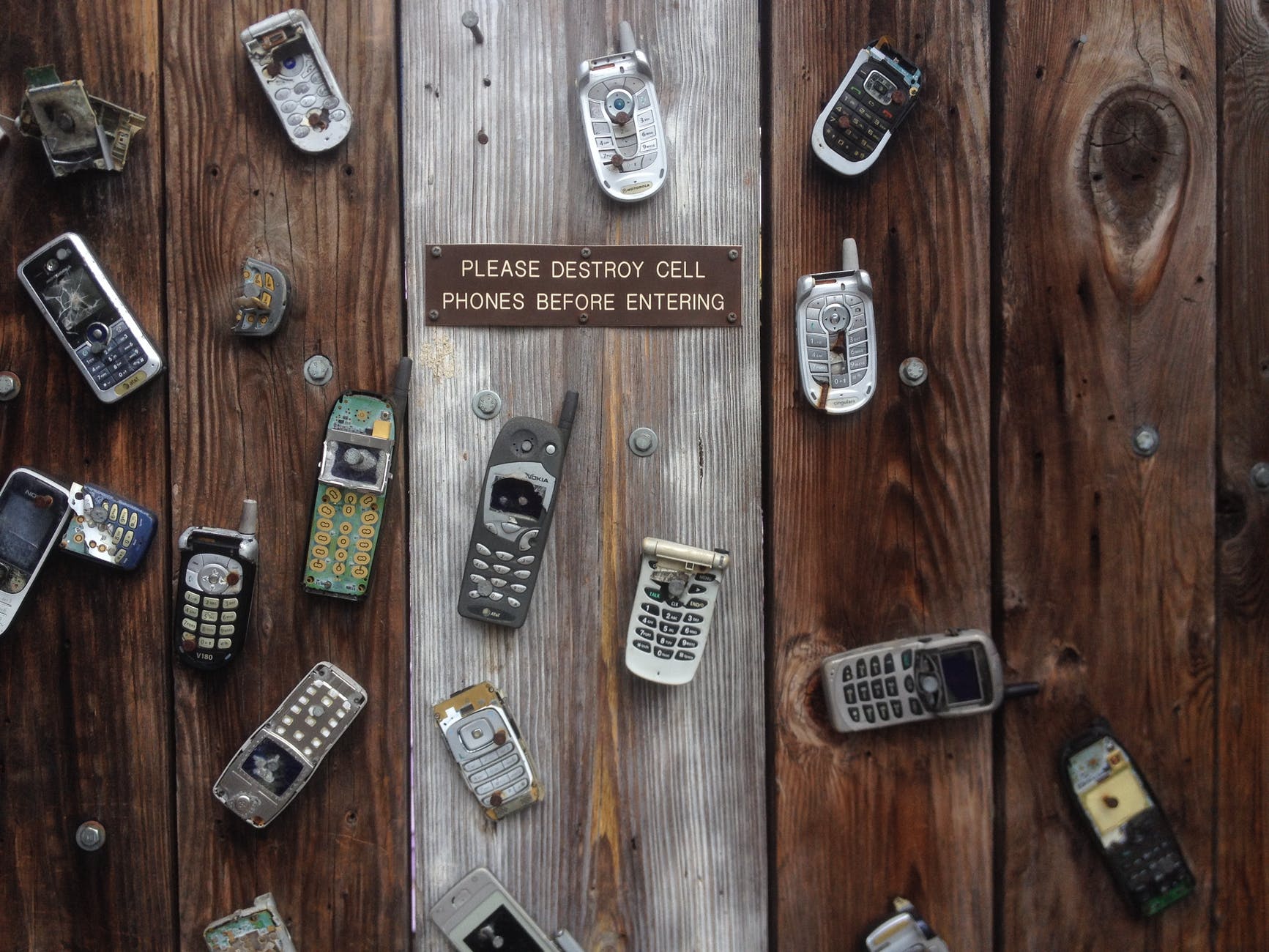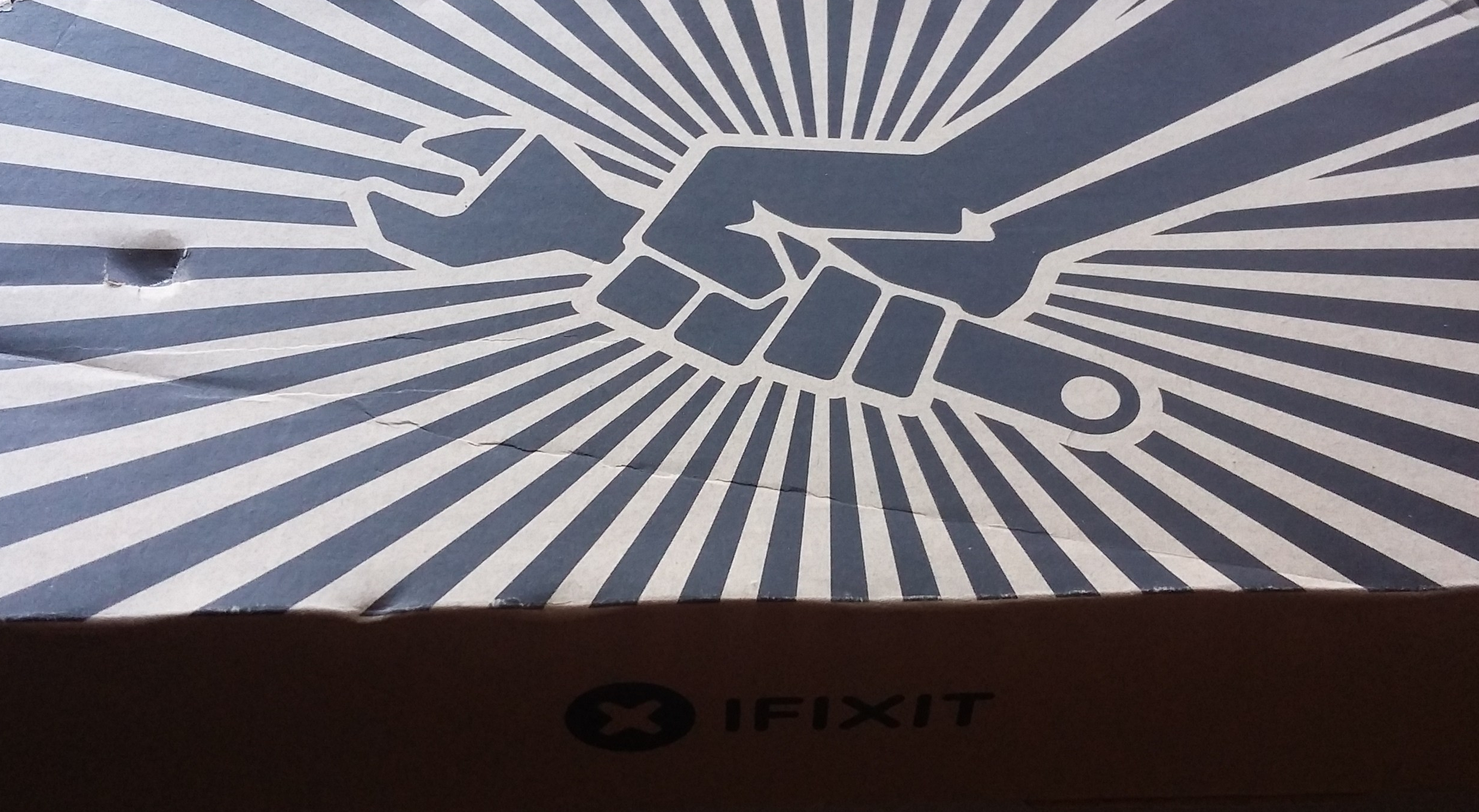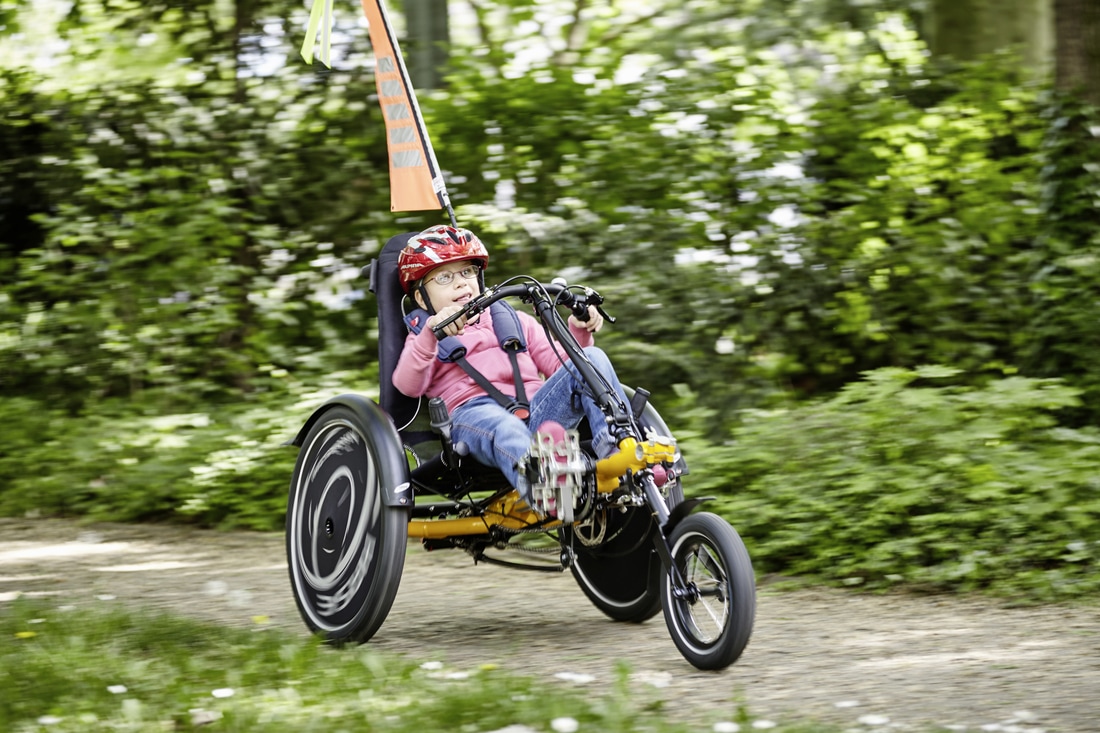[This is Part 3 of a series about solarpunk phones. Here are links to Part 1: Repair and Part 2: Decentralize.]
There are essentially two extremes to technological design: the all-in-one device or the single-tasker. Take, for example, the knife. There are lots of single purpose knives – paring, cleaver, steak, etc. There are also several different types of multi-function knives, the best known being the Swiss Army knife. Depending on what task you have at hand, you would select the best knife for the job. Out and about, sometimes the best way to go is to carry the Swiss Army knife, but since it’s a multi-function device, it isn’t usually the best tool for the job, even though a lot of the time it is pretty decent at several different things. Unfortunately, the more functions you cram into a Swiss Army knife, the less useful it becomes at any single task. There’s a certain break-even point where it just gets ridiculous.

Victorinox pocket knives by quattroman76 under a CC BY-ND 2.0
While smartphones can do a great many things, since they aren’t really designed to do one specific task, they end up sacrificing the ability to do any one thing really well. I wonder if we’ve lost something by trying to unify all of our devices. Our mobile technology has become a monoculture compared to the wide variety of form factors of phones before a single slate of glass became the norm.
Before the consolidation of iPhone-esque design hit the scene, some people thought the future would be a cloud of wearable devices, the Personal Area Network (PAN). While carrying a number of single-focus gadgets on a common network may not be the best solution for everyone, it could be game changing for some. Also, broader acceptance of PANs might lead to more innovation in the smartphone space with regards to form factor. While there are rumblings of foldable phones, I can’t help but think those are merely an evolution of the current iPhone-centric design school.
Random sketches I made of different hubs/accessories for a PAN-based device
Modular, open source electronics architectures would be a step in the right direction, allowing designers to select off-the-shelf components for inclusion in many different types of devices. The closest things I’ve seen on the market would be the Fairphone, which we’ve mentioned before, and the RePhone Kit, which is an Arduino-compatible phone kit from Seeed Studio. It’s a neat little phone hacking platform that lets people build their own phones. Unfortunately, Rephone is only 2G data capable, meaning no data connection in the US. Motorola gets an honorable mention for the Moto-mods system that lets you add different features to your phone through a special port on the back of their Z-series phones.
Of course it isn’t solarpunk if we aren’t designing with the impact of the device in mind from the beginning. Dominic Muren’s Skin, Skeleton, and Guts model for product design is one approach to this design problem. When coupled with the Cradle to Cradle idea of separate biological and technical nutrient cycles, I can imagine future devices where the skin of the device is a compostable fabric that can be changed to suit the style of the user, while the metal skeleton and modular, electronic “guts” could be reused in further technical cycles.
TL;DR
In short, when approaching the design of a solarpunk phone, I would want modular components to be at the core to allow for more diversity of form factors like there once was in the mobile space. Also, devices should be designed for the circular economy using safe and reusable/recyclable materials.
Do you have any ideas for what should go into a solarpunk smarphone? Would a PAN be too cumbersome, or do you find that the “Jack of all trades, master of none” nature of the smartphone isn’t worth the trade-offs? Let us know below!

























